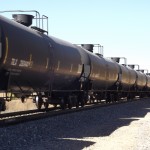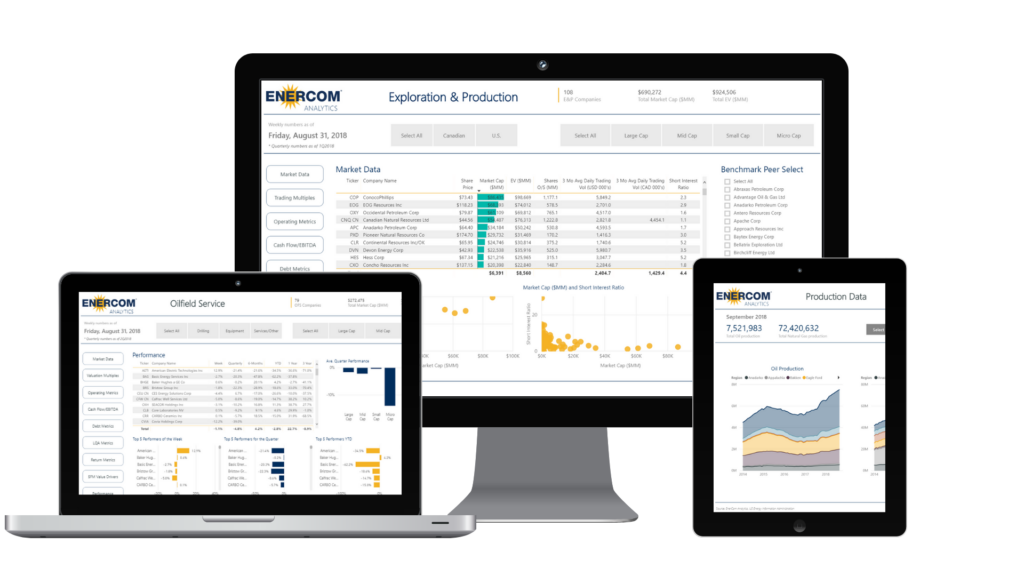
Has U.S. Oil Production Already Rolled Over?
Raymond James estimates U.S. production has been declining since March The oil market may be tighter than many realize, according to analysis from Marshall Adkins and researchers at Raymond James. In a follow up to the research they did on the International Energy Agency’s (IEA) 1.2 MMBOPD of missing production, Adkins and his team delved into the Energy Information Administration’s











